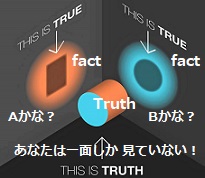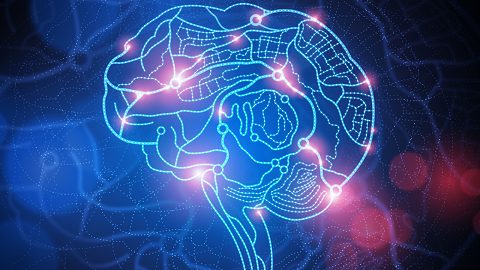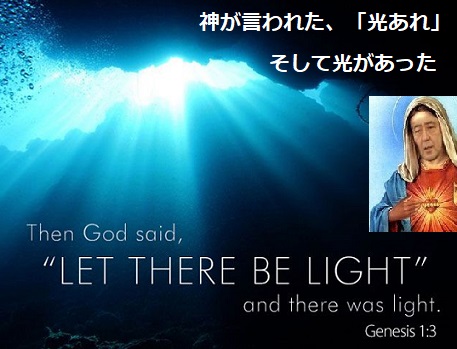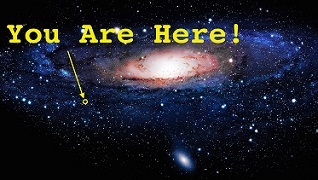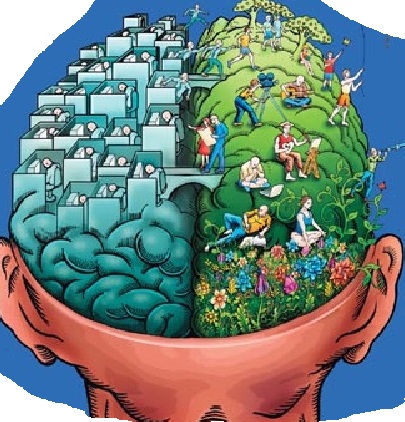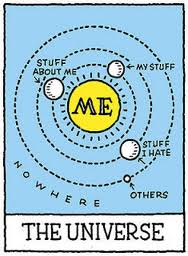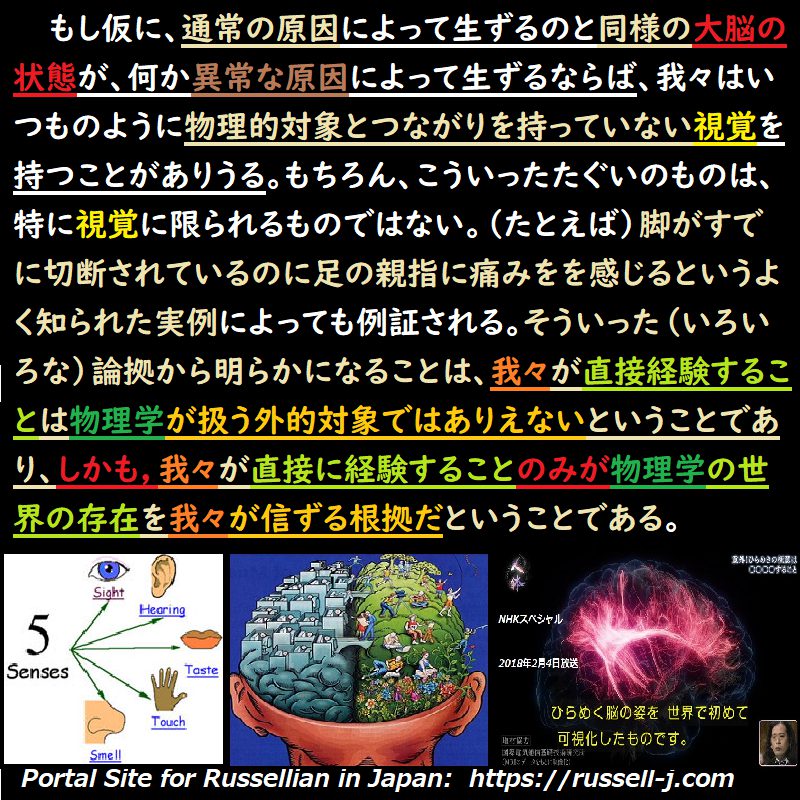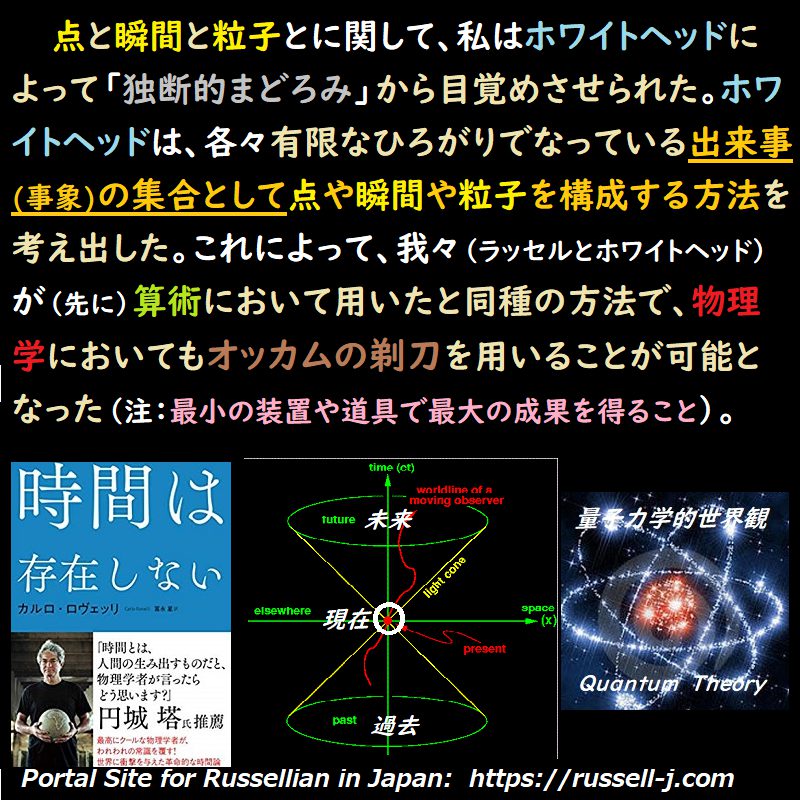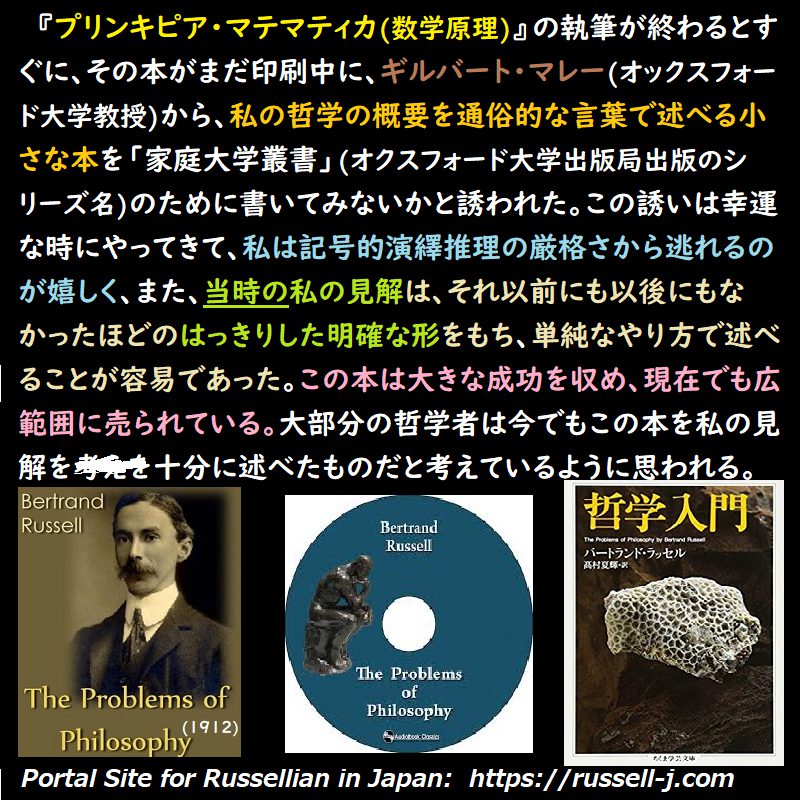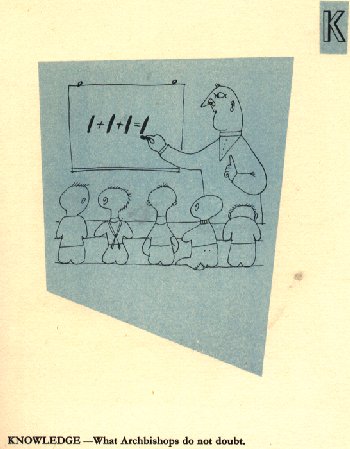
『プリンキピア・マテマティカ(数学原理)』は当初、いくらか好意的でない受け取られかたをされた。ヨーロッパ大陸における数理哲学は、形式主義者(Formalists)と直観主義者(Intuitionists)との二つの学派に分れており、いずれも、数学を論理学から導出することに全面的に反対し、その反対を正当化するのに論理的矛盾(注:ラッセルのパラドクスなど)を利用していた(take advantage of) 。 ヒルベルト(David Hilbert, 1862-1943:ドイツの数学者で多くの研究者を育成した。高木貞治もドイツ留学時代にヒルベルトの教えを受けた。)のひきいる形式主義者たちは、算術の記号は紙に書かれた印(marks)にすぎず、意味をもたず(意味を欠いており)、算術はこれらの印を操作できるようにするために恣意的に(人為的に)定められた一定の規則 -チェスの規則のようなものー から成っていると主張する。この理論は全ての哲学的論争を回避可能という長所をもつが、我々が物を数えるときに数を用いる(適用する)ということを説明できないという短所をもっている。形式主義者の与える操作規則は全て、たとえ 0 という記号が百あるいは千あるいは任意の有限数を意味すると解釈しても(訳注:”if” = “even if”)、立証される(正しいことが確かめられる)。この理論は、「この部屋には人が三人いる」とか「十二人の使徒がいた」とかいうような単純な陳述の意味するところを、説明することができない。この理論は加え算(足し算)をすることを完全に理由づけるが、数の通用を理由づけえない(注:機械的な計算は九九の足し算の規則にしたがってやるだけなので可能だが、その数自体が意味を持たないので、例えばキリスト教の三位一体説の意味を説明不可能)。数が重要だとするのはその(意味を伴った)適用によってであるので、形式主義の理論は不十分であり、問題を回避しているとみなされなければならない。
Chapter 10 The Impact of Wittgenstein, n.1
Principia Mathematica had at first a somewhat unfavourable reception. Mathematical philosophy on the Continent was divided between two schools, the Formalists and the Intuitionists, both of whom rejected totally the derivation of mathematics from logic and took advantage of the contradictions to justify their rejection. The Formalists, led by Hilbert, maintain that arithmetical symbols are merely marks on paper, devoid of meaning, and that arithmetic consists of certain arbitrary rules, like the rules of chess, by which these marks can be manipulated. This theory had the advantage of avoiding all philosophical controversy, but it had the disadvantage of failing to explain the application of numbers in counting. All the rules of manipulation given by the Formalists are verified if the symbol 0 is taken to mean one hundred or one thousand or any other finite number. The theory is unable to explain what is meant by simple statements such as ‘there are three men in this room’ or ‘there were twelve apostles’. The theory is perfectly adequate for doing sums, but not for the applications of number. Since it is the applications of number that make it important, the Formalists’ theory must be regarded as an unsatisfactory evasion.
Source: My Philosophical Development, chap. 10:1959.
More info.:https://russell-j.com/beginner/BR_MPD_10-010.HTM

